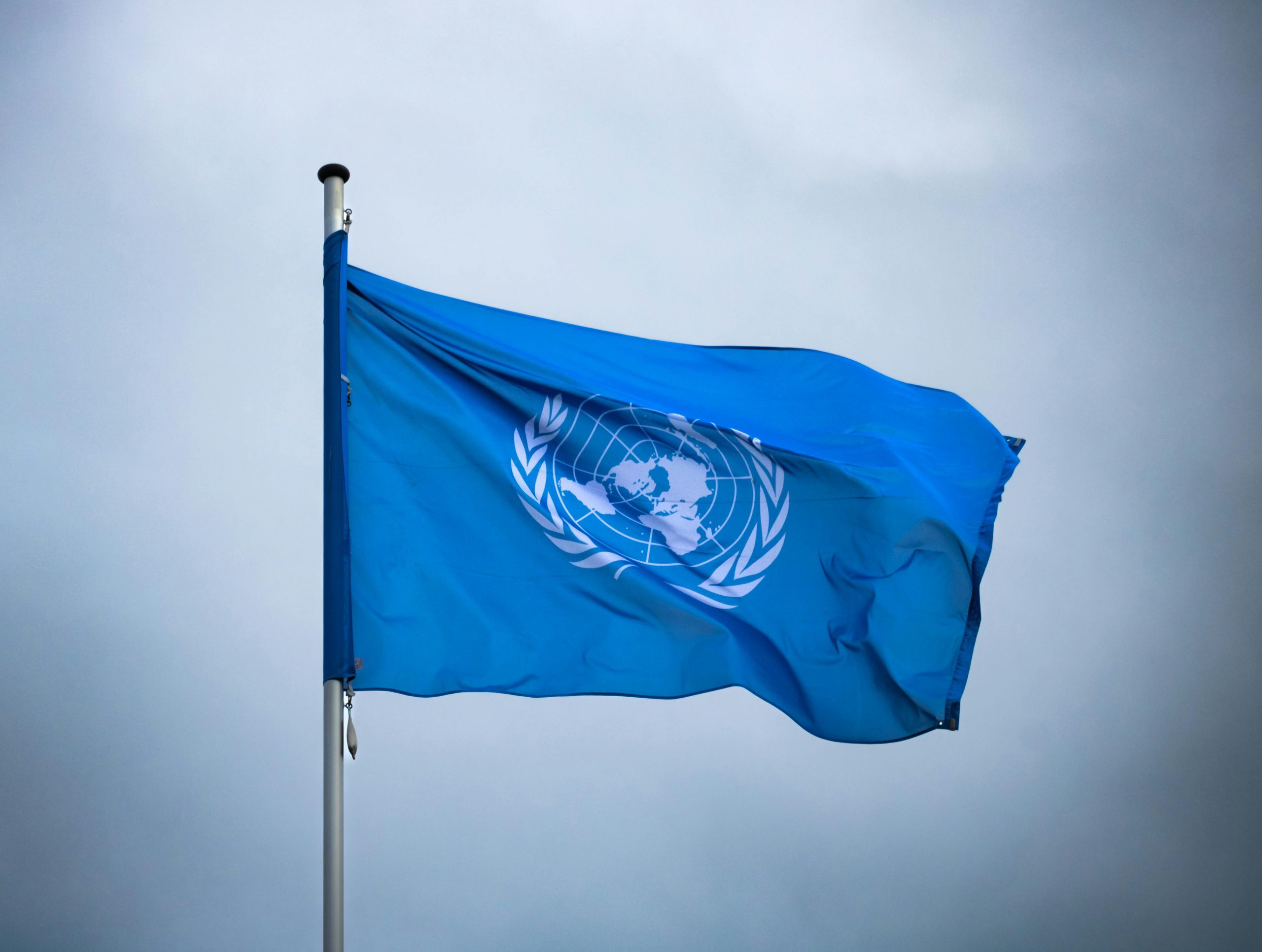UN Adopts VOC Recommendations to Counter Forced Labor “Xinjiang Blindspot”

In a major blow to China’s system of oppression, the United Nations’ International Labor Organization (ILO) refreshed its handbook on combatting forced labor, issuing new guidelines to address the risk in global supply chains. The ILO adopted nearly all of VOC’s recommendations to more accurately measure and counter forced labor.
Changes to the ILO’s handbook—detailed in a new article published in the China Brief by VOC’s China Director Dr. Adrian Zenz—address key shortcomings and now squarely target Beijing’s system of forced labor. This refresh also addresses what VOC described as the “Xinjiang blindspot” in ILO forced labor metrics, which largely missed coerced work perpetrated by authoritarian regimes and employed outdated measurement frameworks.
If properly followed, these new guidelines will make it harder for companies to deny the risk of forced labor in factories they have connections with, like Volkswagen recently did in a widely criticized “audit” of its operations in Xinjiang. This update also presents potentially major implications for forced labor legislation worldwide, including the US Uyghur Forced Labor Prevention Act (UFLPA) and the European Union’s proposed forced labor ban that is poised for a parliamentary vote on April 23.
“Given how seldom the ILO updates its forced labor guidelines, the influence of VOC’s research on this revision to the UN’s forced labor standards is a historic outcome,” said Ambassador Andrew Bremberg, VOC’s President Emeritus and a former US Ambassador to the UN. “The timing of this update could not be more critical considering that the EU Parliament is about to vote on its own forced labor ban which is entirely dependent on having strong ILO standards. The United States must now push for stringent enforcement and monitoring mechanisms within the ILO to hold the CCP accountable.”
The ILO’s update builds on a paper published by VOC in November 2023 in the Journal of Human Trafficking after discussions with senior ILO officials detailed how these metrics fail to adequately capture state-imposed forced labor in places like Xinjiang, Tibet, Uzbekistan, Turkmenistan, and Tajikistan. The report proposed a new framework to assess “non-internment state-imposed” forced labor such as what Beijing perpetrates against ethnic minorities.
“Because of the systemic nature of forced labor in Xinjiang and the inability of Uyghurs to speak freely during audits or on-site visits by investigators, the only way to properly enforce a ban that captures Uyghur forced labor is to shift the burden of proof to importing companies, as the UFLPA does,” said Dr. Adrian Zenz, VOC’s China Director and the author of its November paper on the topic. “While the European Council unfortunately removed this critical provision from the EU’s draft regulation, they can still capture Uyghur forced labor by adhering closely to the ILO’s new guidelines, which for the first time, now specify that one can establish the presence of forced labor through the existence of a state policy, its enforcement in the region, and the general inability to assess specific instances of forced labor on the ground.”
“Beijing has tainted global supply chains so pervasively that products made with Uyghur forced labor, from the cotton in clothes to the tomatoes in ketchup, are almost unavoidable in the global marketplace,” said Dr. Eric Patterson, VOC’s President and CEO. “The new ILO guidelines shaped by VOC’s research are a crucial step to ending Beijing’s ability to turn its mass atrocities into profit. We urge all authorities and national governments, especially our European allies and friends in the Western Hemisphere, to pass and properly enforce robust legislation to end this outrage and protect citizens from unwittingly financing Beijing’s attritional genocide of the Uyghurs.”
For press inquiries contact Lily McHale at lily.mchale@victimsofcommunism.org or (202) 629-9500.

